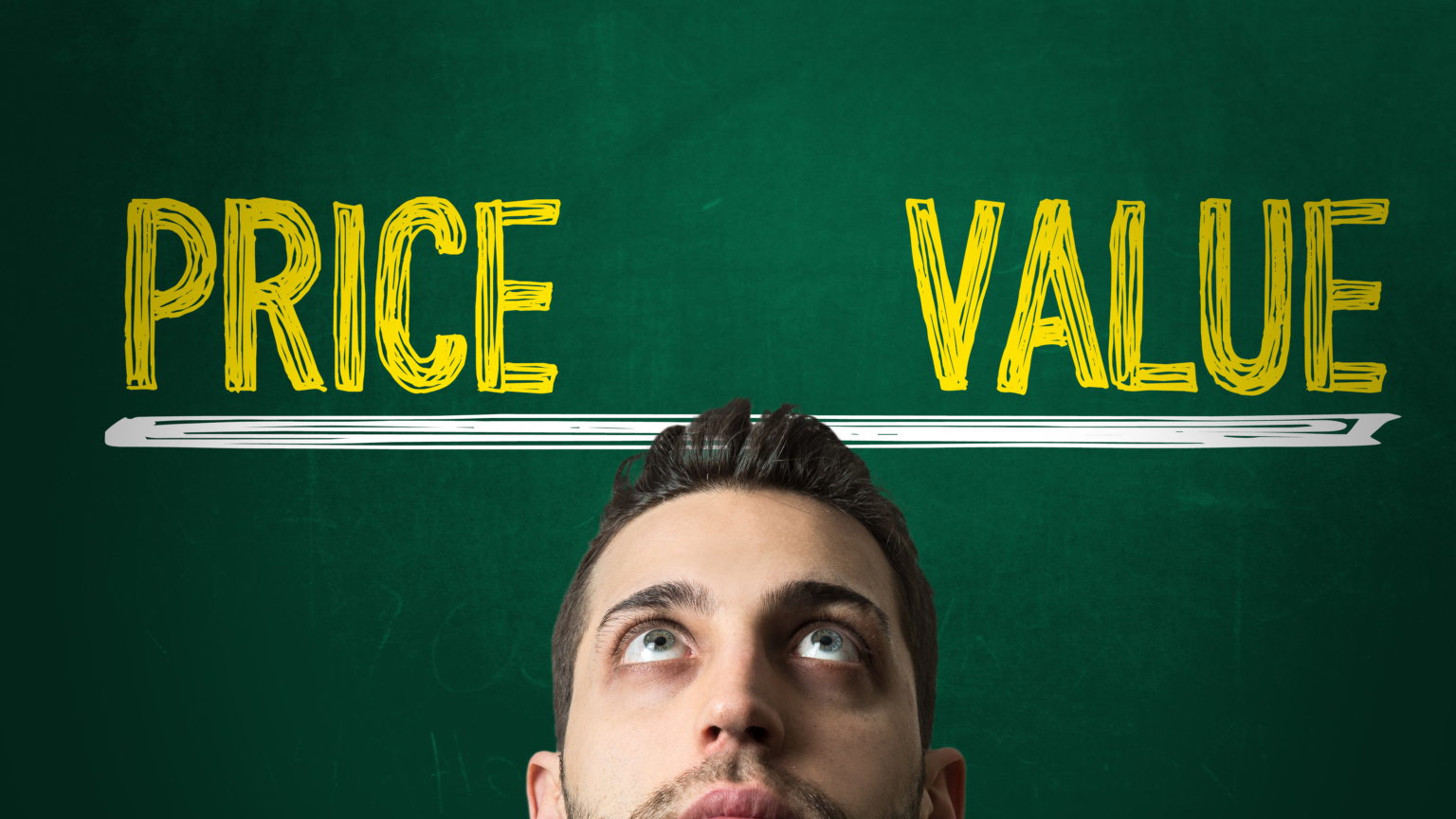Subscribe for all the latest news
"*" indicates required fields
Home | Pricing Strategy Hacks to Boost Sales

“The easiest way to maximise your profits is to get the perfect balance between price and value. Do that, and your price elasticity is close to infinite.”
~ Chandell Labbozzetta
The higher the perceived value of your product or service, the easier it is to charge a high price for it. I’ve noticed that you get a lot more objections during sales conversations when a prospect thinks the price is too low for the value you present than if they think it is expensive.
When I’m working with a business or a department to assess their price, we start with the bottom-line price (see Pricing Strategies to Increase Sales In Service Businesses) and – in a completely separate exercise – we brainstorm all the ways in which it adds value.
I have some specific exercises that I use to explore many different aspects of the value proposition including:
Like all brainstorming efforts, the real value of this exercise is exposed when you have ‘bled out’ your ideas at least twice. We don’t stop until we have more than 100 specific value prospects listed because it’s only then that you are starting to dive below the surface and come up with things that make a real differential.
Talking to your clients is another way of learning how they perceive the value of your service. You’ll often discover aspects of the value that you overlooked, but which are really important to your existing (and future) customers.
The more clearly you (and your sales team) can articulate the specific problems your product or service solves and the way it improves people’s lives, businesses, and incomes, the easier it becomes to sell more and to raise your prices on everything you sell.
There’s a lot of nonsense talked about the importance of ending your price with a 9 or a 7. The data is based on very specific products in a specific niche at a particular time in the evolution of the internet. For most service businesses – and even products – it makes very little difference.
EXCEPT…
when you jump the line to another decimal place – or when you jump up another digit between 10,000 and 100,000. Let me demonstrate:
So… Your best pricing strategy to boost sales is to ask:
In my experience, businesses that focus on this strategy make more profits and sales than those who hyper-ventilate over whether their price should end in a 7, a 9, a 5, or a 3 – and (in any case) for most service businesses, you won’t actually get enough experimental data to make an informed decision.
“What your customers say they will do and what they will actually do are two completely different animals.”
~ Chandell Labbozzetta
Talk to the people who didn’t buy – and ask them what stopped them.
Talk to the people who did buy – and ask them what tipped the scales.
Above all… LISTEN to your customer feedback and questions, and those of people who have been referred to you.
The biggest mistake business owners make is that of listening too hard to non-buyers (who have opinions, but not experience) and not paying enough attention to their customers and the people they refer.
One of my clients (a personal trainer) doubled her sales after talking to someone who was referred to her. She asked the person, “What did Jim say that made you call me?”
“Oh, he said that you’d make every muscle ache, but that I’d never even dream of skipping a session because they were so much fun and the results were evident.”
As soon as she started talking about people never wanting to skip a session and organising their holidays around her availability she saw an immediate change – but it wasn’t something she had really considered talking about previously.

Some people think that sales people are born not made. As #1 Sales Rep in several companies and Manager of Award-Winning teams, I can tell you every Master Sales person earned those trophies through strategic work. I can also tell you, that the most successful among them did it without sacrificing their health, relationships, or love of life.
Since 2005, I’ve been working as a sales trainer and coach for both individuals and groups, working with people like you to refine their communication skills, overcome limiting beliefs about sales and success, project your natural charisma, and draw out their innate gifts so they can see the immense value they bring and step forward with confidence.
Chandell is a Best-selling Author, Master Sales Trainer and a Master Trainer of Neuro Linguistic Programming (NLP). Experience has taught her that Sales is the #1 Life Skill and that anyone can master it: without this critical skill, your relationships, opportunities, health, and finances all suffer.
"*" indicates required fields
Select your desired option below to share a direct link to this page.
Your friends or family will thank you later.